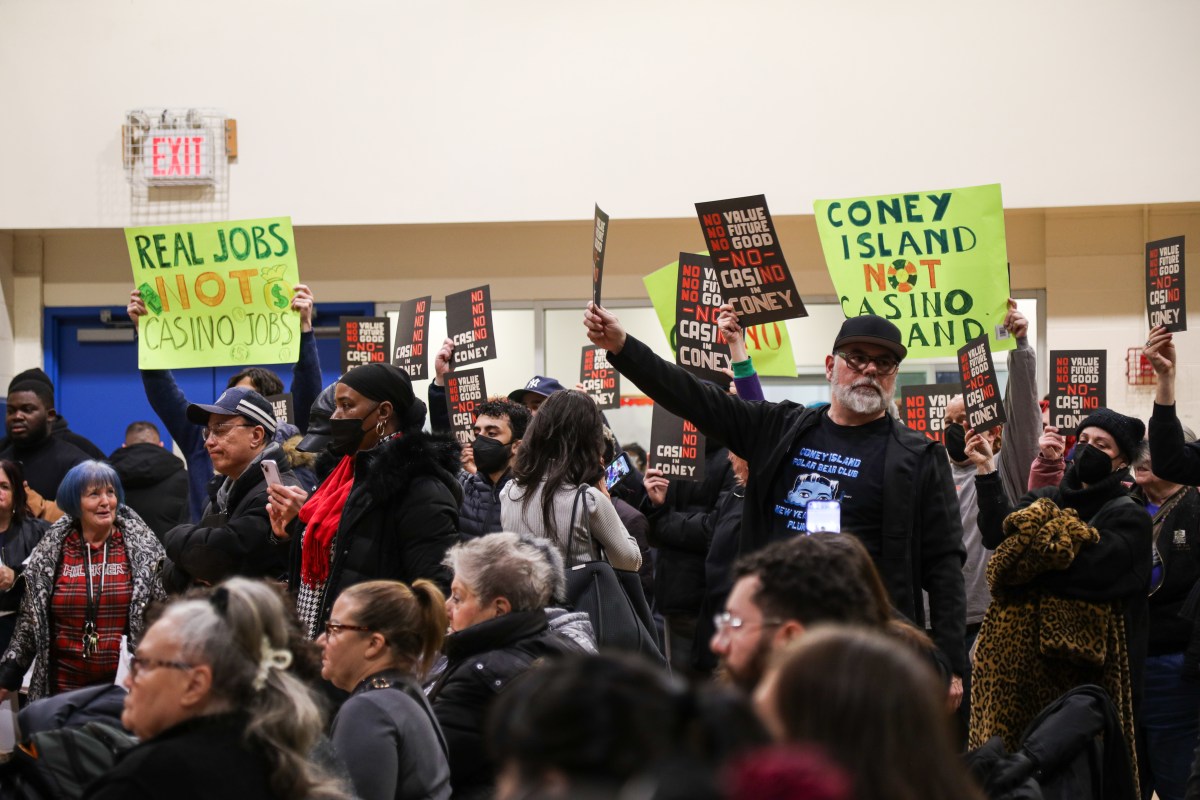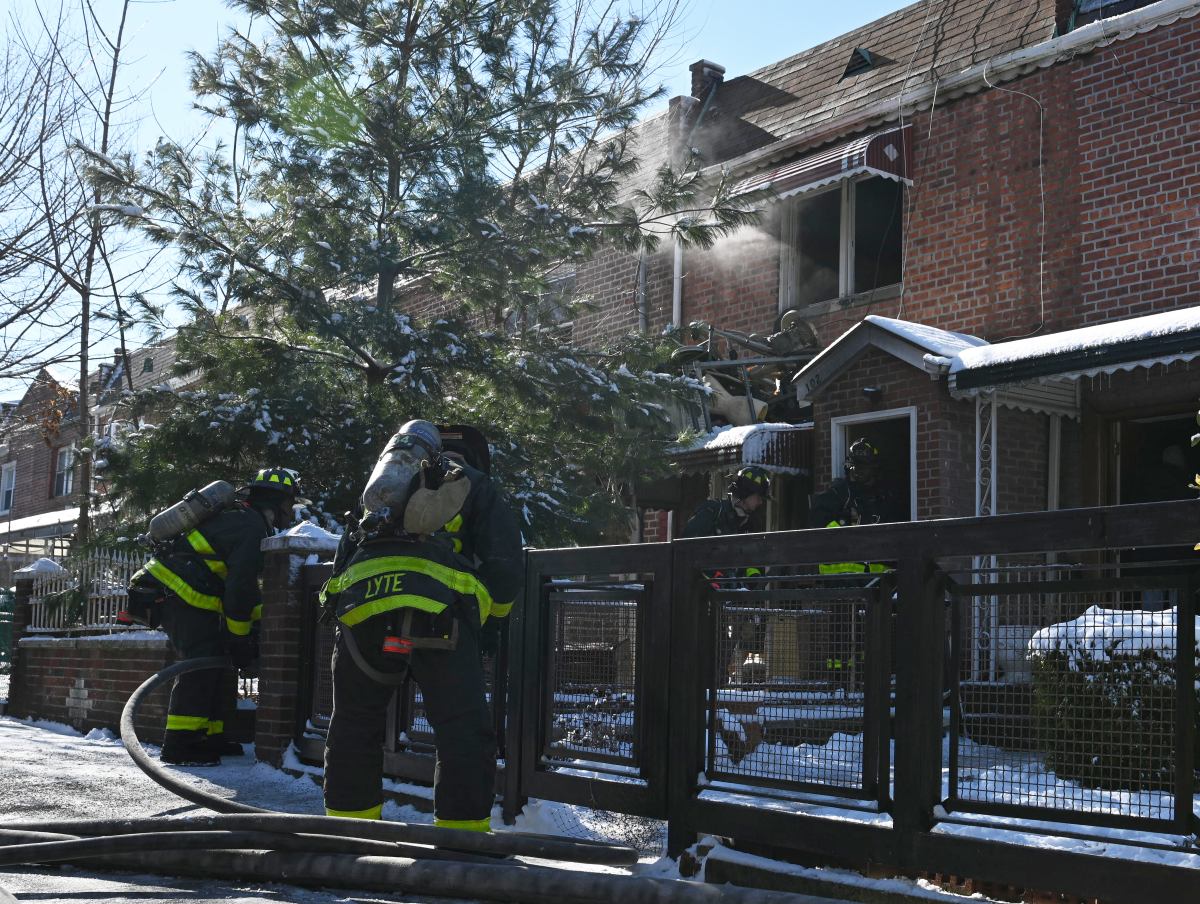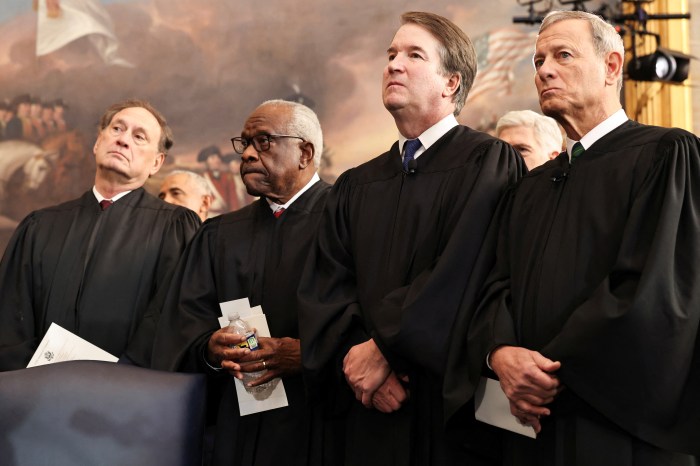In true New York fashion, Williamsburg renters appear to be shrugging off the potential negative impacts of the L train shutdown, a new report finds.
Rental demand in the waterfront neighborhood has dropped by 1 percent since October 2017, according to the report released Tuesday by real estate listing firm StreetEasy. While the decline is indicative of a slightly anemic rental market, StreetEasy senior economist Grant Long said researchers were surprised the drop wasn’t larger as more New Yorkers consider neighborhoods with a more convenient commute.
"I think if you saw a drop in the order of 5 percent, I think that would be very scary to a lot of landlords in Williamsburg," Long said. "One theory is that Williamsburg residents are underestimating the inconvenience that’s going to be caused by the L train shutdown."
The MTA’s plan to suspend service on the L between Manhattan and Brooklyn for 15 months beginning April 27, 2019, sparked concerns of a mass exodus from neighborhoods that are primarily served by the subway line. Despite the looming shutdown, Williamsburg remains one of the most popular neighborhoods on StreetEasy, Long said.
“There are still lots and lots of people looking to move there even with the shutdown,” he added.
A 1-percent drop in rental demand may not necessarily mean the end is near for Williamsburg, however, it was the only neighborhood in the city that showed a decline on StreetEasy over the last year, according to the report.
In other areas similar to Williamsburg, such as Long Island City and Downtown Brooklyn, there has been a big uptick in rental demand, according to Long. Even nearby Greenpoint and Bushwick saw demand increase over the past year by 1 and 2 percent, respectively.
“We think Williamsburg is a bit of an outlier and really the main factor that explains that is the L train shutdown,” Long said.
At the same time, inventory in the waterfront neighborhood has skyrocketed. At the end of October, there were 72 percent more rentals on the market in Williamsburg when compared to October 2017, the report found.
With low demand and high inventory, Long said it’s really a renter’s market for anyone who does decide to move to Williamsburg ahead of the L train shutdown.
“Landlords are really in a mood to compromise. I think they’re going to be excited when they have people who are interested in renting their apartments, particularly as we enter the slower time of year,” he added.
Since less people apartment hunt during the winter months, landlords in Williamsburg will be more willing to negotiate and offer concessions on rent in order to secure leases and fill vacancies before the L train shutdown.
“Because we haven’t seen a big drop in median rent yet … I would be walking into every building in Williamsburg and starting a negotiation from the listing rent downward,” Long said. “I would be reluctant to sign anything that is at the original asking rent.”


































